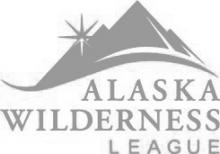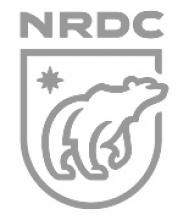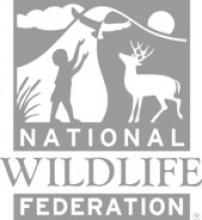On December 2, 2015, Senators Michael Bennet (D-CO) and Ed Markey (D-MA) introduced legislation to protect the Arctic National Wildlife Refuge as Wilderness.
Senators Michael Bennet and Ed Markey Introduce Arctic Refuge Wilderness Bill
WASHINGTON – U.S. Senators Michael Bennet (D-CO) and Ed Markey (D-MA) today introduced a bill to designate the Coastal Plain of Alaska’s Arctic National Wildlife Refuge as wilderness. This legislation has historic levels of support with 34 Senators.
Since its creation, support for protecting the Arctic Refuge has been diverse and extensive. Nearly 1 million Americans have asked President Obama for the strongest possible protections for the Arctic Refuge.
Earlier this year, Obama announced a historic wilderness recommendation for the Refuge that includes its biological heart – the Coastal Plain – as well as the Brooks Range and Porcupine Plateau. Collectively, these areas represent the largest wilderness recommendation ever made for a single unit of public land.
The sensitive Coastal Plain provides crucial habitat for muskoxen, wolves and migratory birds, calving grounds for caribou, and denning areas for female polar bears and their cubs.
Unfortunately, the Coastal Plain is the most threatened part of the Refuge because the oil and gas industry has targeted it for development. Disregarding the ecological, cultural and spiritual values of the Coastal Plain, a number of bills have been introduced in this Congress to open the area to industrial development. The bill introduced by Sens. Bennet and Markey offers a sensible alternative to those drilling bills and parallels legislation to protect this critical area introduced in the House earlier this year.
The Arctic National Wildlife Refuge was first established as the Arctic National Wildlife Range on December 6, 1960, by President Dwight Eisenhower because of its “unique wildlife, wilderness and recreational values.” In 1980 Congress passed, and President Jimmy Carter signed, the Alaska National Interest Lands Conservation Act. The act designated wilderness for most of the original range area, while expanding the acreage to the south and renaming the entire area the Arctic National Wildlife Refuge.
In addition, the act specified additional purposes for the Refuge, including conserving wildlife populations and habitats in their natural diversity, as well as protecting subsistence opportunities. It is time for Congress to act and finally pass wilderness legislation for the Arctic National Wildlife Refuge once and for all.
























